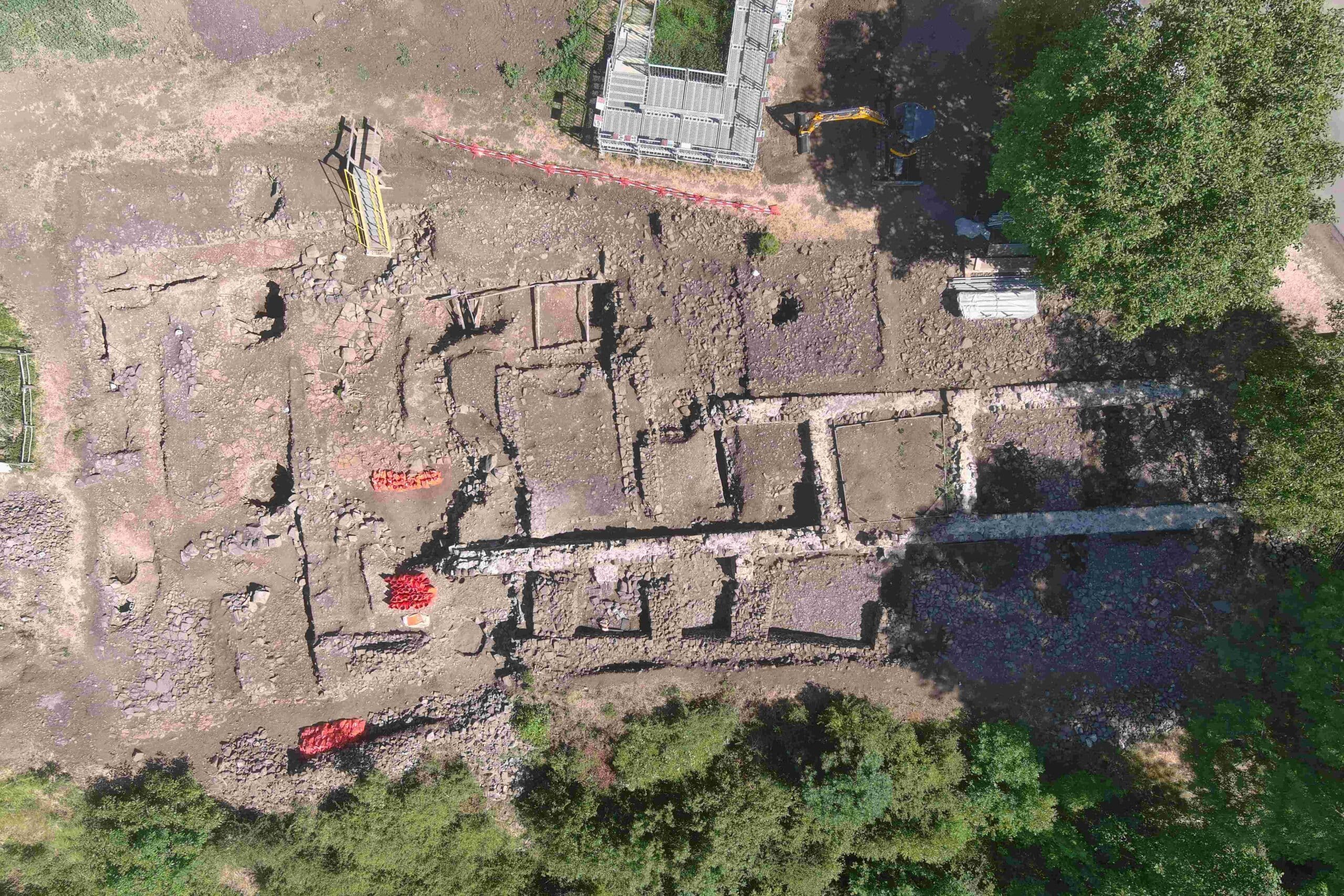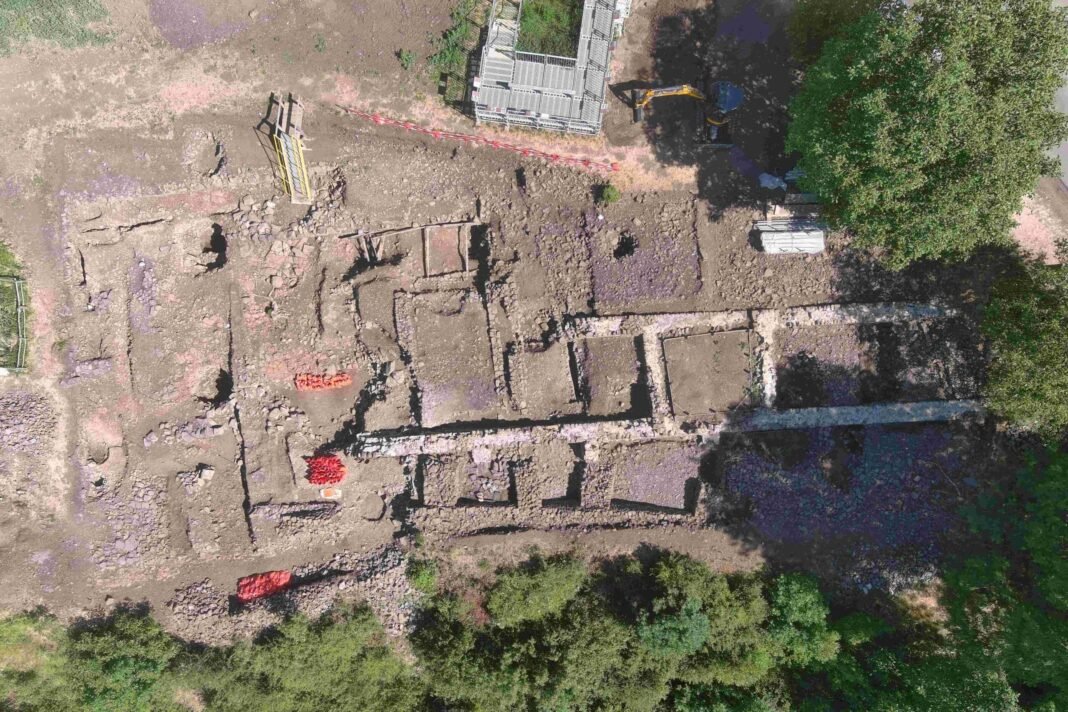
Archaeologists are examining the Hellenistic-style wall of Gergovia, the ancient Gallic stronghold where Julius Caesar’s army suffered a rare defeat in 52 B.C. New research at the site’s “Quartier des Artisans,” or Artisans’ Quarter, is reshaping understanding of the city’s role during the Gallic Wars and its transformation under Roman influence.
The plateau of Gergovia, long identified as the homeland of Arverni leader Vercingetorix, became an impregnable fortress during the conflict. The victory of Gallic forces there stands as one of the few setbacks for Caesar in nearly a decade of campaigning.
Excavations over the past two centuries have traced both the battlefield and the surrounding rural landscape, revealing a dense network of settlements anchored by Gergovia and nearby centers Gondole and Corent.
From 19th-century digs to modern campaigns
The Artisans’ Quarter was first excavated in 1861, alongside investigations ordered by Napoleon III into Roman siege works at the foot of the plateau. Additional research in the 1930s sought to resolve debates over the site’s location and continued despite wartime disruptions.

Modern fieldwork began in the early 2000s, and the current program, led by Inrap and the MSH Clermont-Ferrand, builds on those earlier efforts with advanced technology.
Researchers are combining traditional excavation methods with non-invasive tools such as geophysical surveys, Lidar scanning, and photogrammetry. Archival studies have recovered previously unpublished 19th- and 20th-century field documents from about 15 collections across Europe, allowing scholars to recontextualize earlier discoveries.
New focus on the artisans’ quarter
Recent campaigns in 2024 and 2025 have focused on a key access point to the oppidum at the southern edge of the plateau. Excavations there have uncovered nearly three meters of stratified deposits, recording 10 phases of occupation between 70–50 B.C. and the reign of Emperor Augustus.

The remains include well-preserved stone walls, intact floor surfaces, and carbonized wooden structures, likely preserved by ancient fires.
Finds suggest the quarter was home to a relatively affluent population. Domestic items include imported Italian goods such as wine, oil, fine ceramics, writing tools, and gaming pieces. Evidence of iron and bronze metallurgy points to specialized craft production, while repeated rebuilding of the site hints at cycles of destruction and renewal, possibly linked to fire or large-scale construction projects.
Monumental fortification uncovered
Among the most striking discoveries is a monumental dry-stone wall that once defended the oppidum. Its design, featuring a projecting spur wall, is rare in Gaul and reflects Hellenistic influence.

At the turn of the era, this fortification was dismantled and replaced by a Roman-style building with lime-mortared walls and a tiled roof, suggesting a shift toward Roman urban planning under local elites.
Greek influence on Gallic defenses
Archaeologists highlight that the wall’s Hellenistic design echoes military innovations from the eastern Mediterranean, first developed after the campaigns of Alexander the Great.
Such architectural features are seldom found in Gaul, pointing to indirect cultural exchange through trade and contact with Mediterranean powers. This connection underscores how Gallic builders adopted and adapted ideas from the wider Hellenistic world during the late Iron Age.
The findings highlight Gergovia’s enduring strategic and political significance during a transformative period in Gallic and Roman history. Researchers say future excavations aim to uncover associated gateways and expand understanding of the site’s evolving role in the region.


